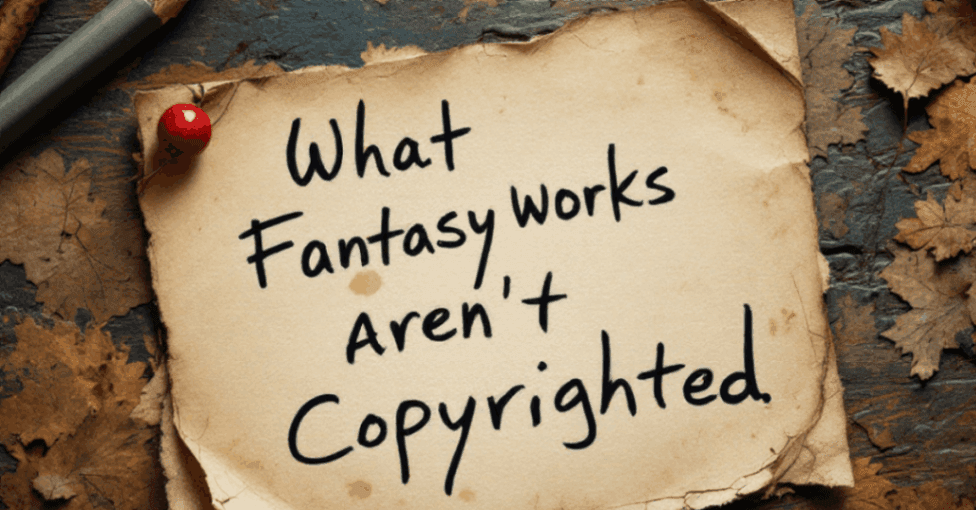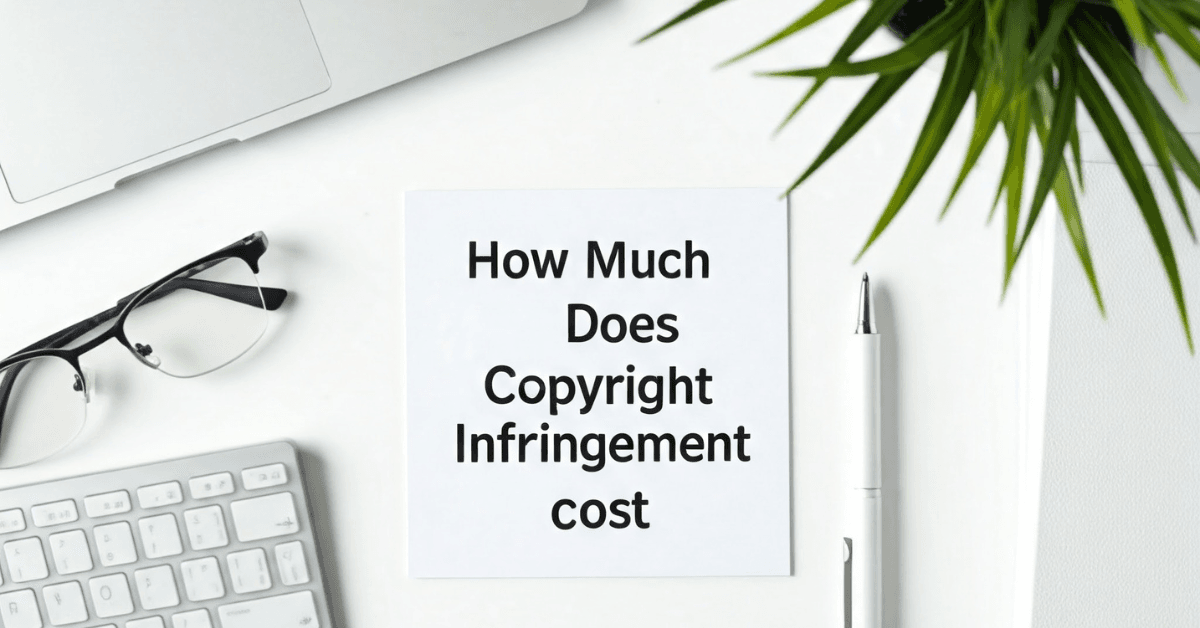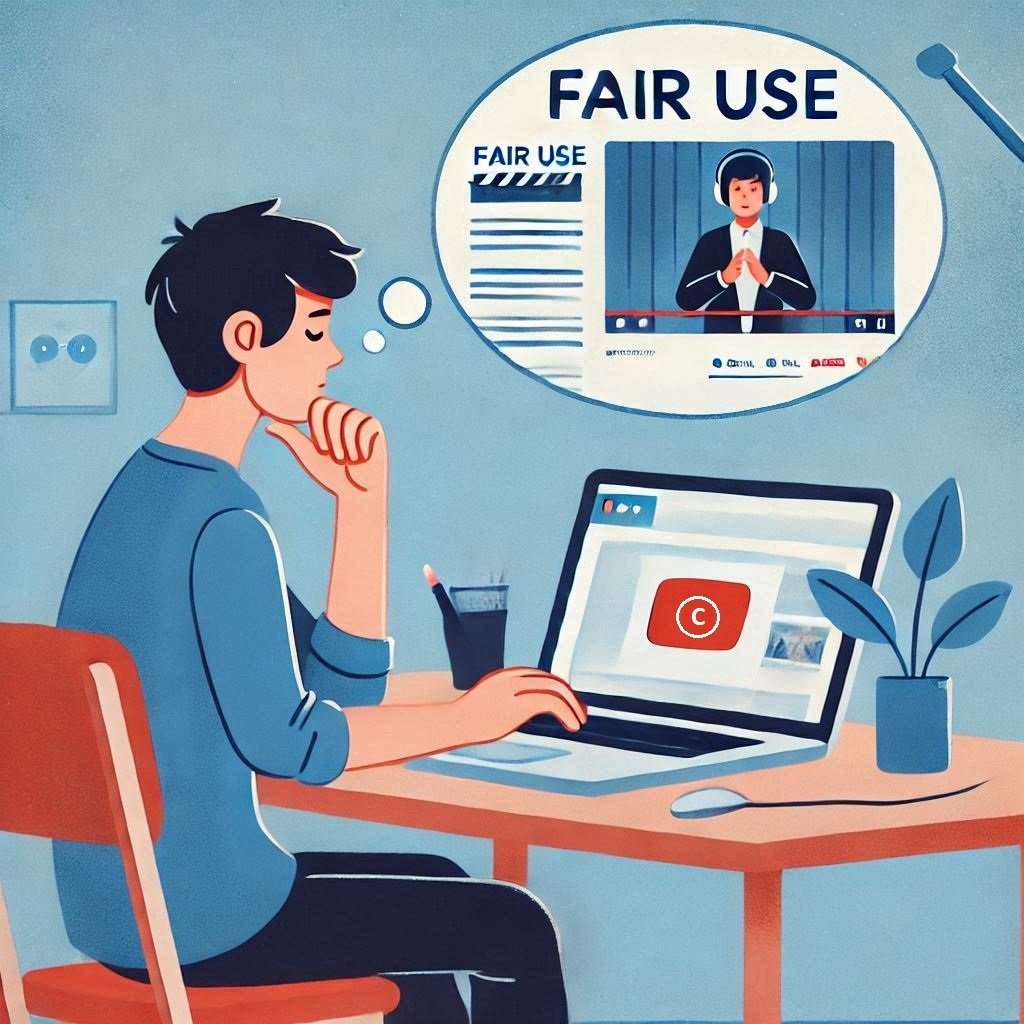Fantasy has created some of the most magical stories, legendary characters, and unforgettable worlds. But did you know that not all fantasy works are protected by copyright? Some Fantasy Works Aren’t Copyrighted, meaning they are free for anyone to use, adapt, and reshape—allowing you to create your own versions without legal worries!
But how does this work? Why are some fantasy stories protected while others aren’t? And which famous fantasy works can you use freely? Let’s discuss about the exciting world of copyright and fantasy to uncover the secrets behind public domain magic.
Understanding Copyright in Fantasy Works
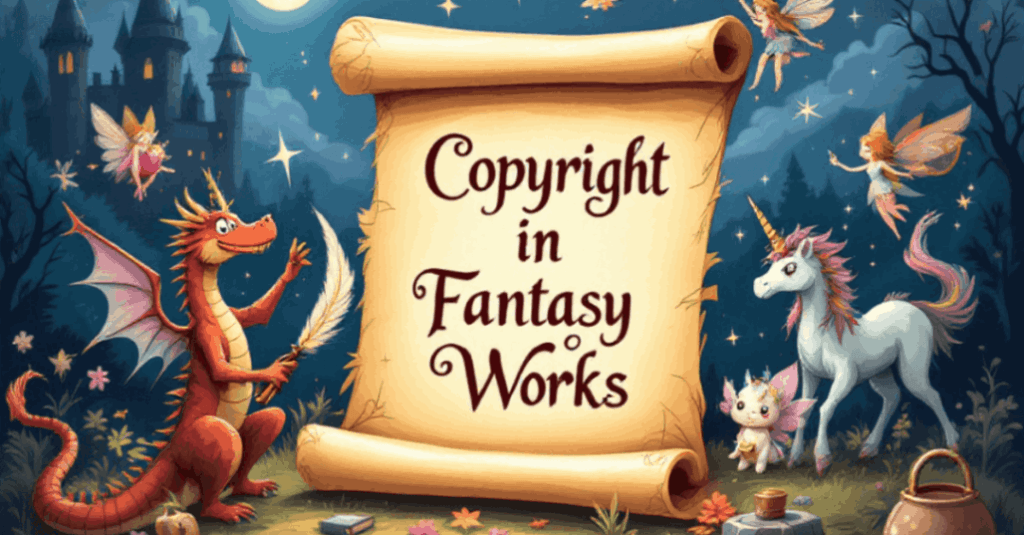
Many times you must have wondered what fantasy works aren’t copyrighted? Copyright law protects original works of authorship, including literature, films, and artwork. However, this protection is not eternal. In general:
- Works published before 1924 are in the public domain in the United States.
- Works published after 1923 and before 1978 are protected for 95 years from the publication date. If a work was created, but not published, before 1978, the copyright lasts for the author’s lifetime plus 70 years.
- If a work’s copyright expires or the creator explicitly waives their rights, the work becomes free to use.
This means some classic fantasy works are now public domain, while others remain under copyright.
Famous Fantasy Works That Are NOT Copyrighted
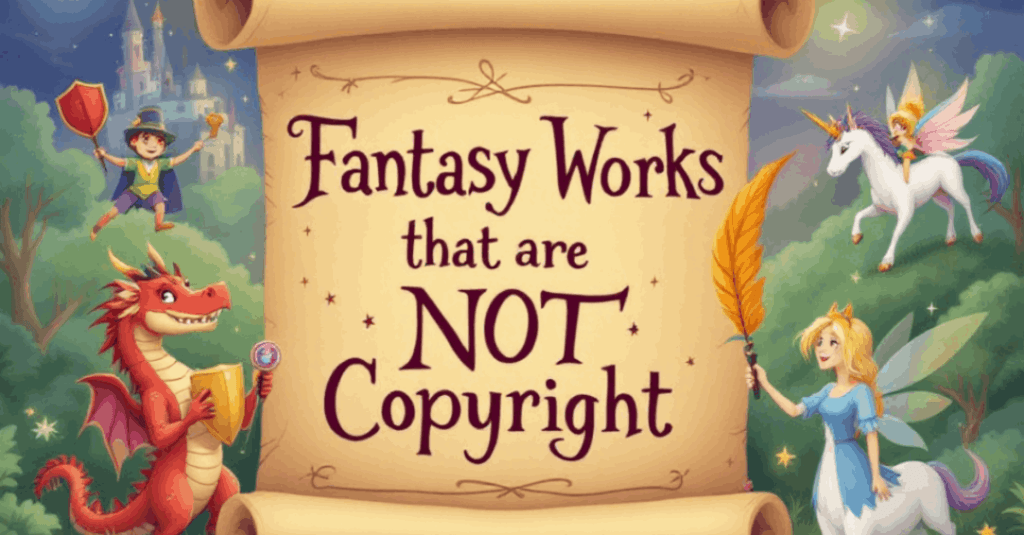
1. Grimm’s Fairy Tales (Brothers Grimm)
Published in the 19th century, the fairy tales collected by the Brothers Grimm (such as Snow White, Cinderella, and Hansel & Gretel) are completely in the public domain. This is why different versions, including Disney’s adaptations, exist. However, while the original tales are free to use, modern retellings (like Disney’s versions) are copyrighted.
2. Alice’s Adventures in Wonderland (Lewis Carroll, 1865)
Lewis Carroll’s beloved novel entered the public domain long ago. That’s why we see various adaptations in movies, books, and games. However, specific illustrations or newer versions may still be protected.
3. The Wizard of Oz (L. Frank Baum, 1900)
The original novel by L. Frank Baum is public domain, but the 1939 film by MGM is copyrighted. You can write your own Wizard of Oz book, but you can’t use the ruby slippers from the movie, since they were an invention of MGM.
Copyright law exists to protect the creative work of authors and artists. In the case of The Wizard of Oz, it means that while the original story is free to use, the specific creative contributions of the filmmakers (costume designers, screenwriters, composers, etc.) are still protected.
4. King Arthur & Merlin Stories
The tales of King Arthur, Merlin, and the Knights of the Round Table are based on medieval legends and do not belong to any one author. Since they predate modern copyright laws, anyone can write their own Arthurian retelling.
5. Dracula (Bram Stoker, 1897)
Bram Stoker’s Dracula is public domain, which is why we have numerous adaptations—from Nosferatu (1922) to Castlevania. However, some adaptations (like Universal’s 1931 film) may have copyrighted elements, such as specific character designs.
What Can Be Copyrighted in Fantasy Works?
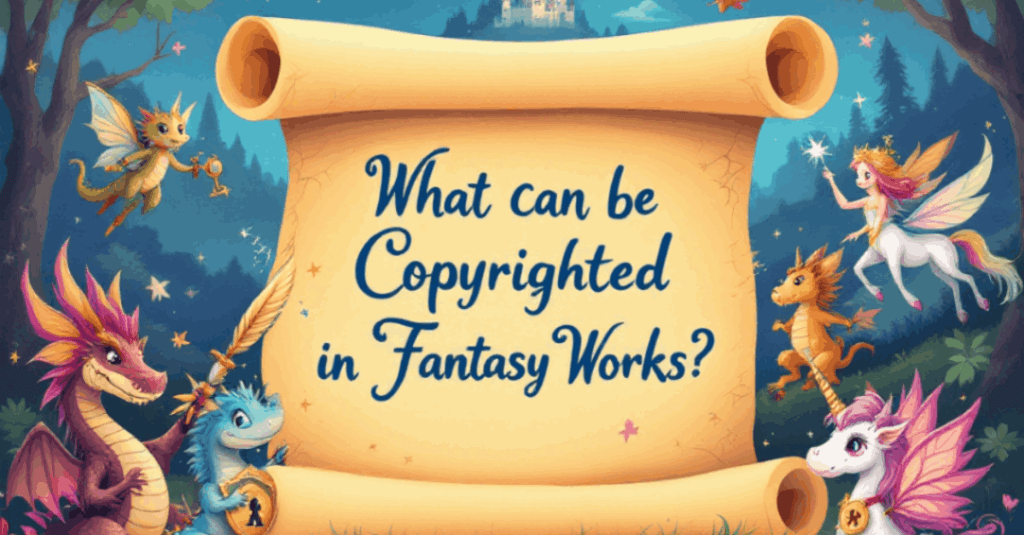
While What Fantasy Works Aren’t Copyrighted? is a crucial question, certain aspects of fantasy works can still be copyrighted, including:
1. Original Characters:
Unique characters with distinct personalities, backgrounds, and appearances.
2. Storylines and Plots:
The sequence of events, plot twists, and narrative structure.
3. Dialogue and Text:
The specific words and phrases used in the story.
4. Artwork and Illustrations:
Original drawings, paintings, or digital art depicting characters, scenes, or other visual elements.
5. World-Building Elements:
Detailed settings, maps, and unique cultures or societies created for the story.
6. Magical Systems and Rules:
Unique magical systems, spells, and rules governing how magic works in the fantasy world.
7. Original Creatures and Races:
Newly created mythical creatures, races, or species with unique characteristics.
These elements are considered intellectual property and can be protected under copyright law. This prevent others from copying or reproducing them without permission
What About Tolkien’s The Lord of the Rings and The Hobbit?
J.R.R. Tolkien’s works are not in the public domain. They are controlled by Middle-earth Enterprises and the Tolkien Estate, making unauthorized use legally risky. The copyrights for The Hobbit and The Lord of the Rings will likely not expire until the late 21st century.
However, Norse mythology, which inspired Tolkien’s works (like the character Gandalf, based on Odin), is public domain. Writers can freely use mythological creatures like elves and dwarves but cannot copy Tolkien’s unique versions of them.
Case Laws and Copyright Battles
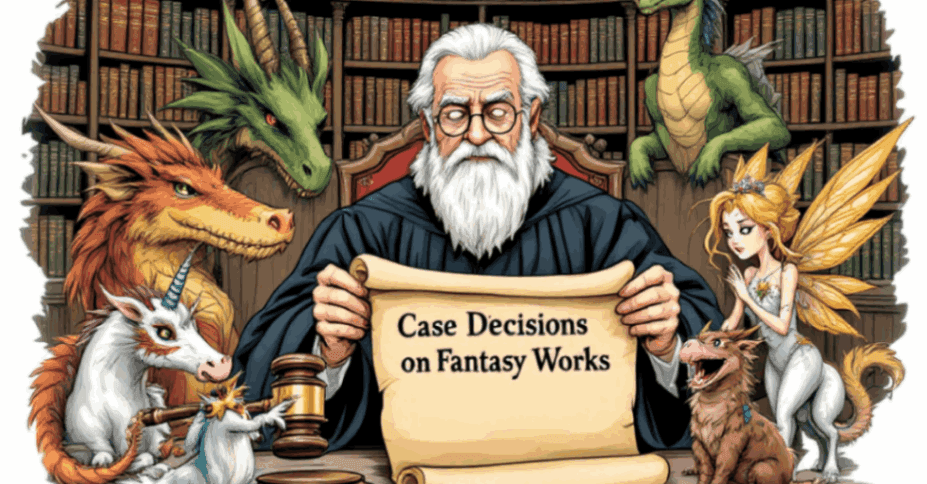
1. Golan v. Holder (2012)
This U.S. Supreme Court case reinforced that works once in the public domain can sometimes be re-copyrighted. However, most classical fantasy works (like Grimm’s fairy tales) remain free for public use.
2. Warner Bros. v. X One X Productions (2011)
Warner Bros. sued a company for selling posters of public domain images from early Wizard of Oz promotional materials. The court ruled that original images from the 1939 film were protected, even though Baum’s book was public domain.
3. Klinger v. Conan Doyle Estate (2014)
The Sherlock Holmes stories mostly entered the public domain, but the Doyle estate claimed ownership over elements from the later stories. The court ruled that only the earlier Holmes stories were free to use.
How to Use Public Domain Fantasy Works
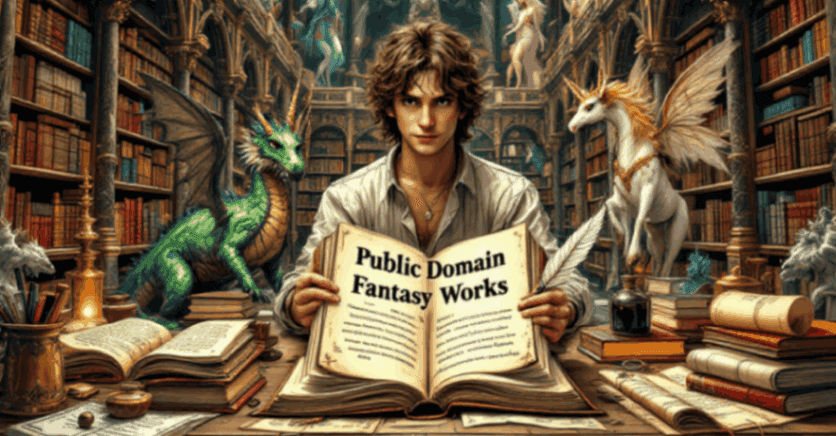
If you are wondering what fantasy works aren’t copyrighted?, and you find a work in the public domain, you can make the most of these timeless tales in the following ways:
1. Adaptation
- Take a classic story and add your unique spin.
- Modernize the setting, change characters, or introduce new plot twists.
- Example: “Alice in Wonderland” in a futuristic world or “The Wizard of Oz” with a steampunk twist.
2. Mashups
- Combine elements from different public domain works to create something new.
- Example: Mix “Grimm’s Fairy Tales” with “The Arabian Nights.” The possibilities are endless.
3. Expansions and Sequels
- Write new chapters, sequels, or prequels to existing stories.
- Explore what happens after the original tale ends or delve into backstories.
- Example: What adventures did Peter Pan have before meeting Wendy?
4. Visual and Performing Arts
- Create artwork, comics, stage plays, or films based on public domain fantasy works.
- Visual storytelling can bring these classic tales to life in new ways.
- Example: A graphic novel of “The Wonderful Wizard of Oz” or a play of “Alice’s Adventures in Wonderland.”
5. Educational Content
- Use public domain works for educational projects.
- Create study guides, annotated editions, or interactive learning experiences.
- Example: Develop a course exploring the themes of “Grimm’s Fairy Tales.”
6. Merchandise
- Design and sell merchandise featuring characters and themes from public domain works.
- Example: T-shirts, posters, or collectible figurines with classic story themes.
7. Digital Projects
- Develop apps, video games, or virtual reality experiences based on public domain fantasy works.
- Example: A VR journey through Wonderland or a mobile game with quests in the land of Oz.
Important Considerations
Check for Trademarks:
Some adaptations or character representations might be trademarked. Always check for any restrictions.
Respect the Source Material:
Honor the original story’s essence even as you add your creative touch.
Using public domain fantasy works, you can tap into rich storytelling potential and share these classic tales in fresh and innovative ways. Let your imagination soar and create something magical.
Final Thoughts
Fantasy is full of magical stories, and some of them are free for anyone to use! Many classic tales, like Alice in Wonderland and Dracula, belong to everyone, but newer works—like Tolkien’s Middle-earth—are still protected.
If you ever ask what fantasy works aren’t copyrighted?, checking copyright databases and legal rulings can save you from trouble.
Want to create your own fantasy story? Now is the perfect time to explore legendary worlds and make them your own! After all, some of the best fantasy works aren’t copyrighted—so why not start your adventure today?
Disclaimer: This article is based on my research and knowledge and is for informational purposes only. It does not constitute legal advice or create an attorney-client relationship. For specific legal issues, please consult a qualified attorney.

